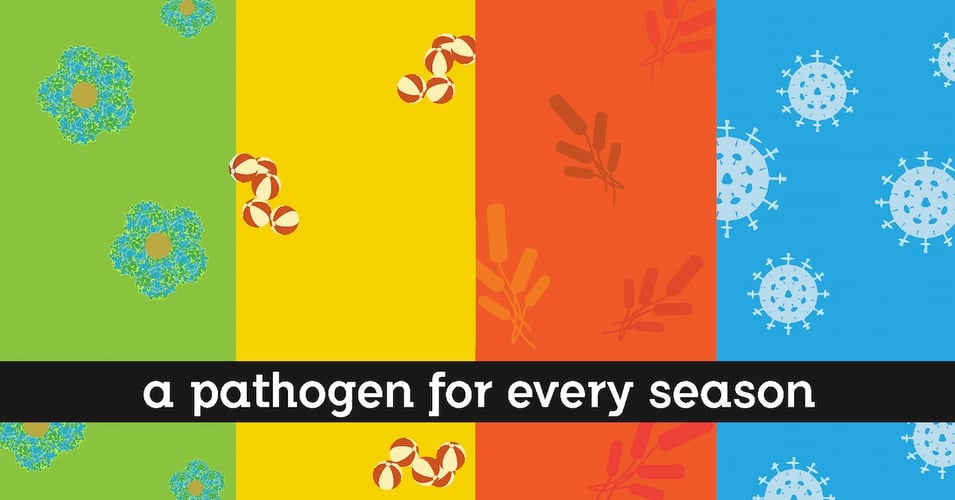Securing an EPA Registration for Public Health Claims is difficult, time-consuming, and costly. However, the registration, while not an endorsement...
3 Not-So-Easy Steps to an EPA Registration for Public Health Claims

![EOScu Logo - Dark - Outlined [07182023]-01](https://blog.eoscu.com/hubfs/Eoscu_June2024/Images/EOScu%20Logo%20-%20Dark%20-%20Outlined%20%5B07182023%5D-01.svg)




